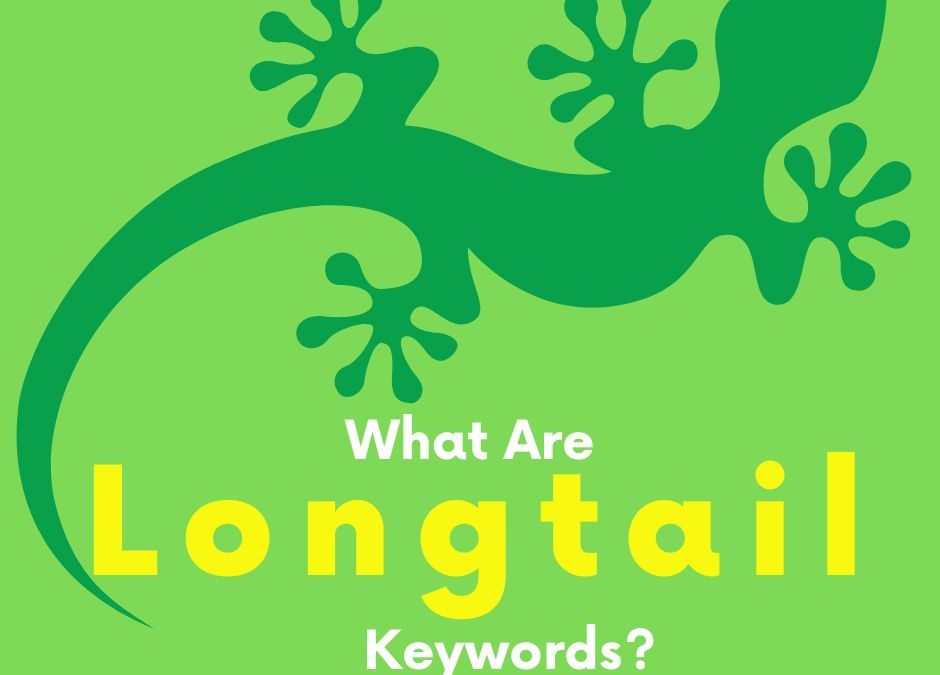What are longtail keywords? Longtail Pro is one of the tools that spit out longtail keywords. This is not an article about longtail keywords but just in case you want to know….
Long Tail Pro has been rated one of the best keyword research tools. Why? Read the article to find out about the best keyword tool ever!
If the film Clueless taught us anything, it’s that fame isn’t everything in life. This is particularly true in terms of keywords. When you establish a website, you should use SEO to target prominent keywords with a large search traffic.
Indeed, a higher volume may result in more impressions and viewers to your site, with the aim of completing a purchase or submitting an inquiry email. Doesn’t that make sense? However, do you ever consider what kind of visitors you’re truly generating when you choose a wide keyword?
The aim is often unclear, forcing searchers to return to the results page and scroll to the next choice. This might have a negative impact on your rating.
Not to mention that competition for high volume keywords is fierce, and the results page is often dominated by well-known brand names. Not very useful for a small business.
This is why it may be a good idea to begin targeting and adopting what we refer to as “long tail keywords” into your SEO plan. They allow you to hit gold in blog post and content ideas for your website, in addition to being exceptionally low in competition.
These very specialized keyword and phrases can assist you in driving more visitors to your sites, as well as higher quality traffic. This will eventually increase your site’s conversion rate significantly.
So, let’s take a look at what long tail keywords are, how to identify them, and why they may help you improve focused website traffic.
What Are Long Tail Keywords
What Is A Long Tail keywords?
We know what you’re thinking: some type of long-tailed mammal. But, just to make sure we’re all on the same page: Long tail keywords are just longer and more descriptive keywords. A long tail keyword is defined as anything from three words and higher.
However, the term “long tail” does not refer to the fact that the sentence is longer. The graph below might assist in explaining the topic.
The graph depicts all of the keywords that are available. As you can see, there are relatively few one-word keyword phrases, and they are quite competitive owing to their high search volume.
The more detailed words are shown on the right side of the graph (the orange line that resembles a dinosaur’s tail). Long tail keywords are reported to account for 70% of all online searches. This implies you’ll be able to find a considerably bigger number of keywords that are less competitive.
So, although the likelihood of your pages being viewed is less (because of the smaller number of monthly searches), the likelihood of a visitor converting is quite high owing to the unique nature of the inquiry.
For example, if someone enters a one-word term like ‘pizza,’ they will most likely be presented with a slew of options, ranging from the meaning and history of pizza to well-known companies like Pizza Hut.
However, someone who enters the phrase “vegan pizza delivery in NY after midnight” certainly has a sudden urge for late-night pizza and understands precisely what he or she wants at that time.
As a consequence, the results that appear are more likely to be highly particular, and the searcher is much more likely to click on that result and get a scrumptious cheese-free pie.
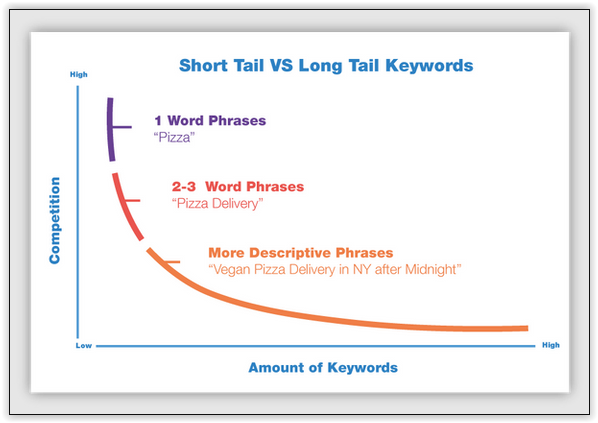
6 Reasons to Pay Attention on Long Tail Keywords
1. There Is Less Competition
Most individuals that research keywords for their sites want to catch the large (volume) fish, since this is the greatest approach to gain more impressions from search results in general. If you’re a well-known brand with a well-known domain name, this may be a possibility for you.
However, as a small company owner with a brand new website, it may be little too difficult to take on that task. In essence, SEO is a giant game of ‘Shoots and Ladders,’ with individuals continually fighting against one another. However, the game alters when there are very fewer people engaged.
Long tail keywords are considerably simpler to rank for since they have fewer monthly searches (often none at all). This SEO FAQ explains why long tail keywords are such a fantastic discovery that can be severely exploited. It’s game time!
2. Increased Conversion Rate
As a small business or service provider, you understand that every transaction is important. Assume your website receives 100 visitors per day from search results when a wide term is entered. About three of those 100 persons buy a product or submit an inquiry email (depending on the goal of your website).
Then your discussion rate will be 3%. Scenario 2: About 20 visitors reach your website by entering in a very precise term. Three of the twenty persons become paying clients. As a result, your conversion rate rises to 15%.
That’s a significant influence on your company and some serious do-it-yourself SEO! Not to mention that the more visitors who do the activity that your site encourages, the more Google will notice and give your site an SEO boost! Another factor that contributes to the high value of long tail keywords.
3. Increased Click-Through Rate
Before visitors can go to your site, they must first locate it in search results and click on it. CTR, or click through rate, is another powerful indication that Google uses to determine whether or not your site fits a searcher’s query.
The way people engage with your result has a direct influence on your ranking according to Rank Brain, a technology that helps Google to better comprehend searcher activity.
If a searcher clicks on one result and then returns to the results page, this might actually push your page down, allowing your rival to climb. But what happens if the reverse occurs?
You’ve nailed it. # SEOboost More precisely, if people realize from your metadata that you are addressing a very particular issue, the probability of them clicking on it will automatically improve (if you’re wondering what SEO metadata is, it includes your SEO title and description).
Using more specific and exact keywords in your content and metadata might help you target more precise intent, resulting in more clicks on your result.
4. Increased Personal Searches
People are well acquainted with search engines and how they work in this day and age. For example, you already know that if you Google ‘website,’ you’re unlikely to get what you’re searching for.
More than that, consumers have gotten used to individualized online experiences: from Netflix suggested series to personalized email marketing methods, they expect to get something tailored to their own needs.
And search is no exception. People are increasingly approaching search engines as personal counselors, seeking answers that are carefully customized to their requirements. Instead of someone seeking for information anonymously, the use of terms like’me’ and ‘I’ in searches has increased by more than 60%.
For example, questions in the same style as “what type of dog is suitable for me” or “what should I eat for lunch” are getting popularity like never before. With more personalisation comes an increase in keyword length.
People who are searching want answers as soon as possible, without having to put in too much work. As a result, they know that by simply expanding their inquiry, they will get the greatest and most appropriate response. All the more incentive for you to concentrate on these children.
5. The Solution To Voice Search Inquiries
With the emergence of voice-activated gadgets comes a significant shift in how consumers search the web. It is no longer necessary to enter in terms to get replies from search results.
No way, sir. Voice search optimization enables you to simply ask a query aloud – whether driving, baking, or just too lazy to pick up your phone – and have the answer read aloud to you.
Because we talk quicker than we write, voice searches are generally lengthier and more exact. Are you getting where we’re headed with this? You should have by now. Adopting long tail keywords in your website SEO strategy can assist you in addressing those popular voice requests.
6. One Plus One Equals A Multitude
Another appealing feature of long tail keywords (and another reason why they are so popular) is that there are several permutations of a search term: “how to discover long tail keywords,” “how do I find long tail keywords,” “can I find long tail keywords,” and so on.
Google can grasp thematic relevance very effectively by now, so targeting just one of those instantly targets a slew of others. The aggregate of several little volumes might really add up to one large book for your subject. So, maybe it’s all about popularity?
6 Simple Methods for Finding Long Tail Keywords
Now that we’ve established why we want long tail keywords in our life, let’s take a look at some methods for locating these treasures, as well as some SEO tools that may assist:
1. ‘Searches Connected To’ On Google
It’s a well-known truth that Google has all the answers. Even the less obvious concerns, such as how to identify long tail keywords, are addressed.
Here’s how you do it: Enter a two to three-word query into Google and scroll down to the bottom of the results page to see a section labeled ‘Searches linked to.’
These are questions that people are most likely looking for, but Google doesn’t have great material to present them. That is precisely where you come in. You may use the keywords that appear to create an article, video, or any other kind of material related to the subject.
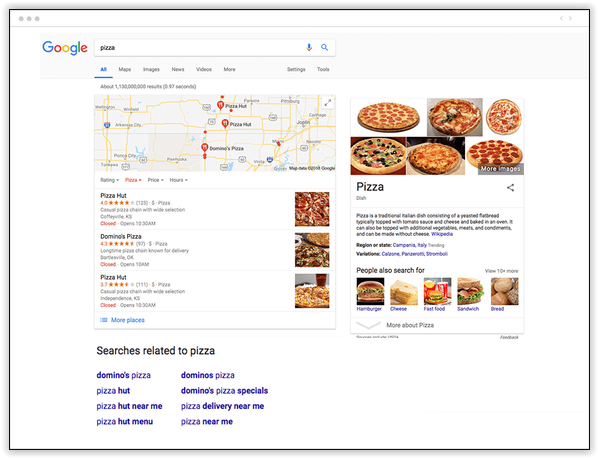
2. Google’s Autocomplete Feature
Google hits once again! Essentially, when you begin typing a term, Google will provide you with some long tail ideas depending on your search. And you’ve just struck the content goldmine without even realizing it. A variety of long tail keyword options are at your disposal.

3. Google Search Console
Google Search Console is a free Google service that functions as a command center for website owners. The tool provides you with access to a variety of tools that may assist you in optimizing your website.
What we’re searching for, though, occurs in the ‘Search Traffic’ area. Navigate to the ‘Search Analytics’ section. There, you’ll be able to discover which keywords are bringing visitors to your website.
You could even find some long tail choices in the list that you can employ. The extra benefit here is that Google already knows your website is relevant, even if you aren’t providing the greatest content for it (yet).
4. Answer The General Public
This is a useful tool for determining what questions individuals have regarding a certain issue. Simply enter any topic you can think of, and the program will provide you with a massive list of questions and words related to that topic.
The list may be used to get ideas for finding truly fantastic long tail keywords that people really search for.
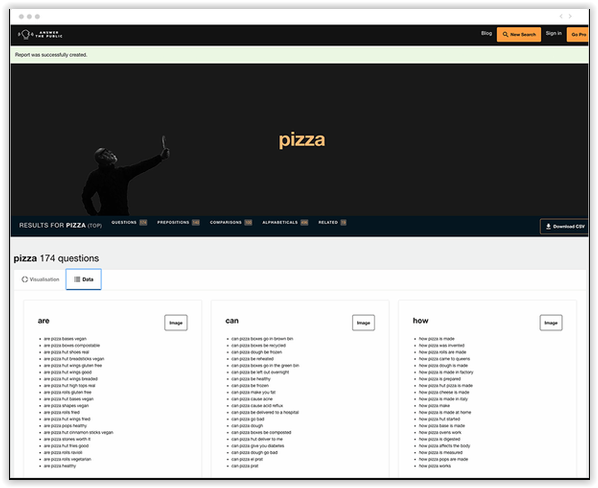
5. Keywords Everywhere
This useful Chrome plugin will make keyword search volumes appear absolutely everywhere – exactly like Starbucks coffee shops on a bustling Manhattan boulevard.
Usually employed to locate keywords with higher volumes – now is the time to go the other way around and identify terms with lower quantities. This tool, in conjunction with the others described above, may assist you in locating those valuable lower volume keywords.
6. Ubersuggest
Ubersuggest is another useful keyword tool that combines data from Google Keyword Planner and Google’s’searches similar to’ feature. You can also explore ideas for inspiration that might serve as ideas for blog articles and other material, as well as their search volumes, in this section.
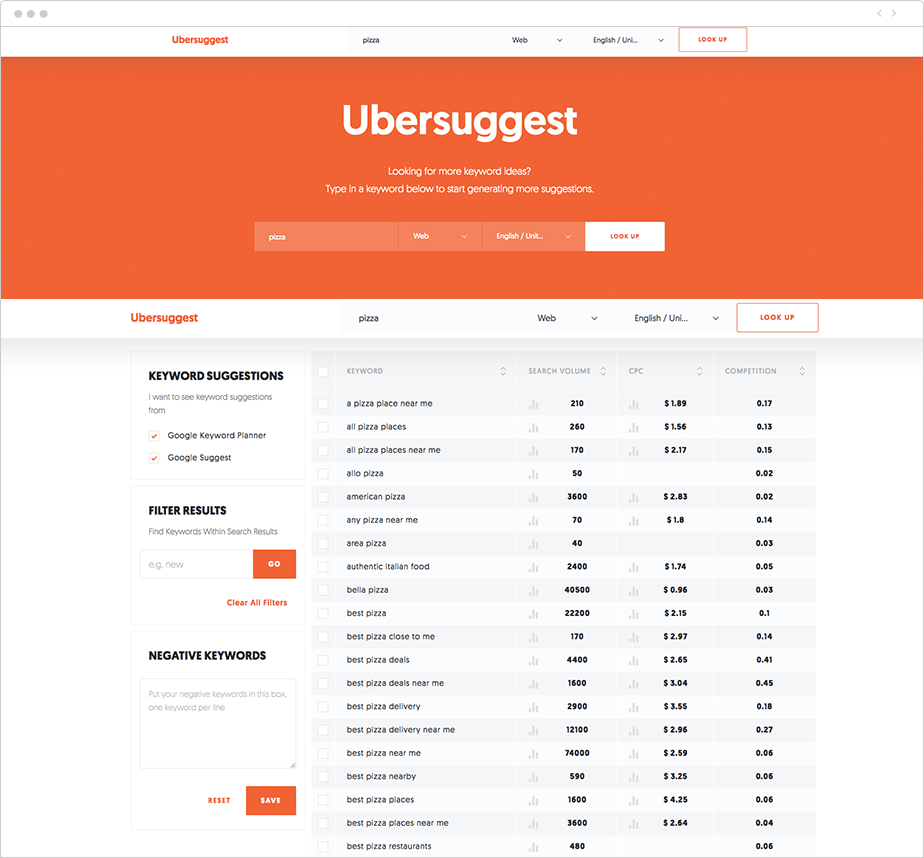
How to Make Use of Long Tail Keywords
So you’ve discovered some long tail keywords that you want to target. Great. What are you going to do with them now? The goal here is to develop content for your website that will serve as the solution to the question.
And the solution may take many forms, as we shall demonstrate below. There are certain crucial things to consider when creating any of these sorts of sites to ensure that the content is optimized for the long tail keyword. It is critical to include the keyword in a few crucial locations, such as:
- SEO title: Because you are restricted to 60 characters, this may take up the whole SEO title. However, if you have any extra room, you may add adjectives to make it even more clickable. As an example: 10 Cost-Free Ways to Promote Your Website
- SEO description: Include your long tail keyword here as well to ensure that visitors understand precisely what your website is about.
- URL: Your URL should include the core of long tail keywords. You should, however, delete any extraneous prepositions.
- In the text: Your long tail keyword should occur in the first paragraph of your text, and variants of it should appear at least twice or three times.
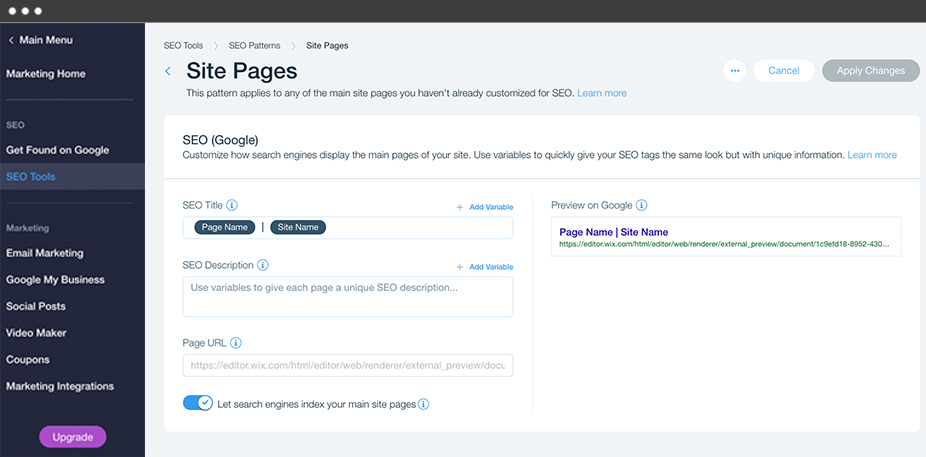
Now that we’ve gone through the checklist, let’s look at what sort of content can be developed using these long tail keywords to provide value to your website.
Blog
Creating a blog is the most natural approach to use long tail keywords to your benefit, and it will serve as the home for the bulk of those specific terms and phrases. Assume you run a beauty salon in Brooklyn.
Your blog may include a wide range of subjects, from the finest products to use to hairdo instructions and more. Begin by making a list of all the big topics that come to mind.
These might include haircuts, cosmetic tutorials, face cleanses, and so on for a beauty salon. Then utilize the tools described above to locate ideas, such as this “how to contour makeup tutorial.” And presto, you’ve got your article subject! It’s now time to let your creative writing impulses run wild. Don’t worry, we won’t abandon you here.
Faqs And Product Manuals
Not everyone will be familiar with how to utilize your product or service. And it’s possible that they’re hunting for this critical information online. Google Search Console can provide you with this useful information and help you uncover all of the inquiries linked to your product.
They are most likely arriving on your homepage. If this is the case, customers may not be receiving the most comprehensive information about that product or service. An FAQ page or a product guide are excellent ways to address this.
Assume you own a pilates studio and provide specific lessons for the elderly or pregnant ladies. It’s possible that people on the internet are wondering, “Can I do pilates beyond the age of 65?” or “Is it okay to do pilates when pregnant?” All of these inquiries may be transformed into a useful FAQ page that addresses these issues.
Alternatively, maybe you offer a product that comes with an installation procedure that consumers are inquiring about online. Creating a separate product guide will offer consumers with the information they need straight away.
Dedicated Landing Pages
Returning to our pizza example, you may have learned, by examining Google Search Console, that a large number of individuals are finding your website by searching for “vegan pizza delivery in NY after midnight.”
You may use this query to build a unique offer for those late-night hungry customers in need of carbohydrates, all while targeting those long tail keywords, such as “50% off if you purchase after midnight.” To me, it seems like a really excellent offer!
You’ll be able to edit your SEO metadata for all of these website pages – FAQ pages, product manuals, and specialized landing pages – right from your Wix site’s dashboard. This entails tailoring how your content appears on search engines as well as social media outlets. And it’s all feasible because of these powerful and

